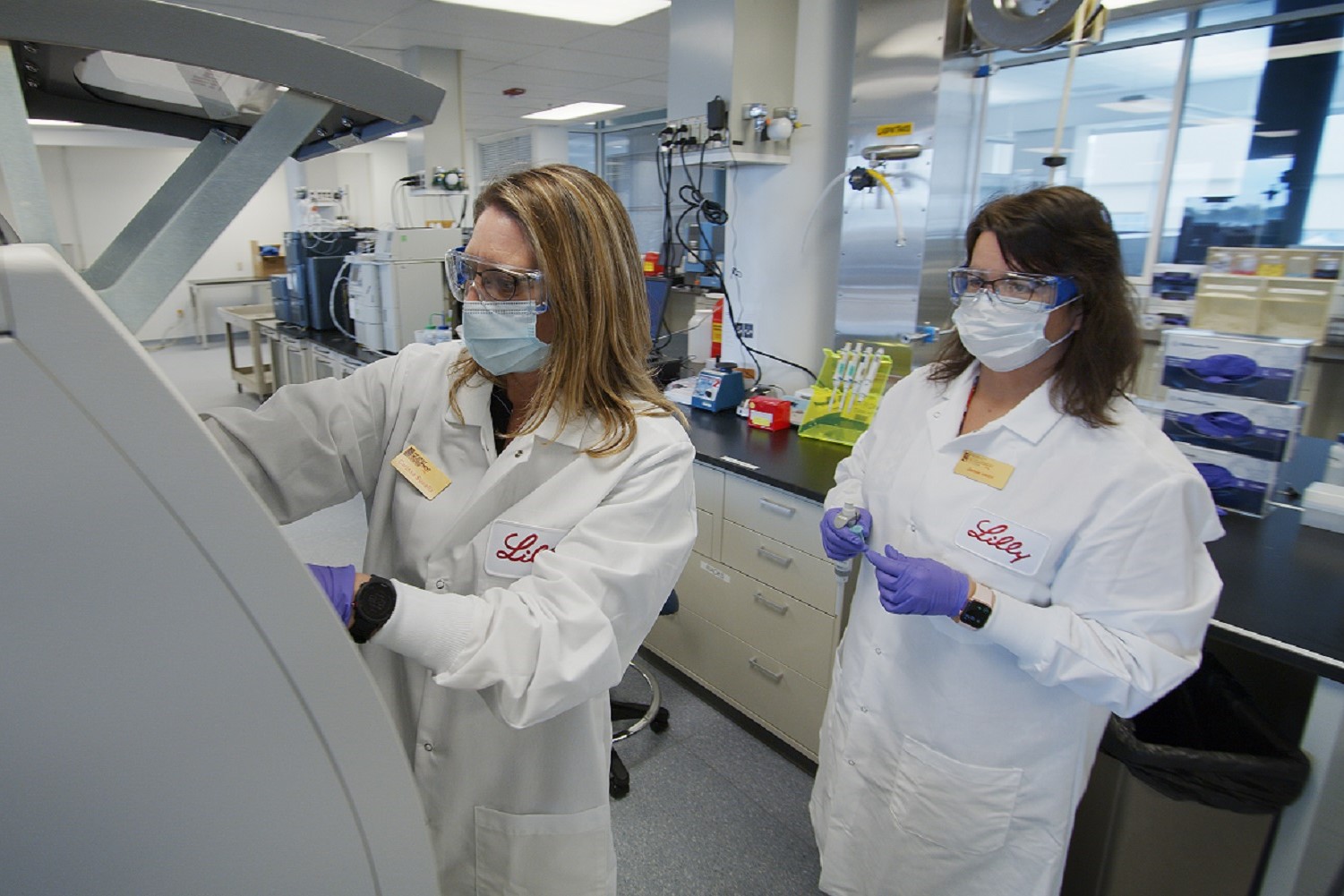
It’s safe to say Ed Mathers has accrued some industry know-how after 35 years in the biopharmaceutical industry — 15 of which have been spent on the investor side of the business.
Mathers is now in his ninth year as a partner at New Enterprise Associates (NEA), a well-known firm that has been top-of-mind with the nomination of one of its venture partners, Scott Gottlieb, to the role of FDA commissioner. But that’s a different story.

With the Rise of AI, What IP Disputes in Healthcare Are Likely to Emerge?
Munck Wilson Mandala Partner Greg Howison shared his perspective on some of the legal ramifications around AI, IP, connected devices and the data they generate, in response to emailed questions.
In a recent phone interview, Mathers discussed his investment principles ahead of a panel appearance at the upcoming MedCity INVEST conference, May 17-18 in Chicago.
By way of background, NEA is one of the largest tech and healthcare venture firms in the world. Its healthcare division focuses on three core areas; healthcare services (including digital health), medical devices, and biopharmaceuticals. Mathers works solely on the latter.
Beyond that, there are few rules. The firm invests in anything from seed funding of a couple hundred thousand dollars to growth equity rounds in the hundreds of millions. NEA will often invest multiple times over the span of the company’s development, Mathers said.
And therein lies one of NEA’s biggest strengths.
“One of the benefits of being NEA is that we’re able to stay in companies for very long periods of time because we have a such a big and diverse portfolio,” Mathers said. “Intarcia is a great example of that. We’ve been in 14 years.”
In fact, NEA’s investment in Intarcia predates Intarcia itself. The firm first backed the entity in 2003 when it was still called BioMedicines. Little did they know how far that journey would take them.
Intarcia pivoted in 2009 when funding was still tight, Mathers explained. But as the financial environment picked up, Intarcia went on to raise a whopping $1.26 billion in private equity and debt financing.
Attend MedCity INVEST to hear from healthcare innovators like Ed Mathers and other experts. Use promo code MCNPOST to save $50. Register now.
Ra Pharmaceuticals is another long-game. It was still in an academic lab when NEA started investing, Mathers stated. The team worked to create a platform that could be industrialized and then applied to a given field. They chose to target complement disorders and executed a successful IPO last year.
“That’s a perfect example of how a platform company can evolve. And we’re still the largest shareholder,” he said.
So what about technology fields — what areas does NEA keep a close eye on?
Mathers said he doesn’t necessarily seek out startups that check boxes in certain high-buzz fields. NEA does have some broad biopharmaceutical buckets of interest, however.
“We’re interested in the gene and cell therapy area,” Mathers stated. “We’re interested in the rare and orphan disease area because it’s very capital efficient. It can be largely financed through venture money alone.”
It seems many investors are taking this approach, developing so-called specialty medicines for complex or rare conditions. A new QuintilesIMS Institute report on drug spending found 37 percent of late-stage assets (in Phase 2 or Phase 3 trials or undergoing regulatory review) in the U.S. were specialty medicines. Just over one-quarter were oncology drugs, which is another focus area for NEA.
With all incentives pointing towards drug development for orphan diseases, programs targeting major conditions such as diabetes, obesity, and heart disease are a hard sell these days.
“From a venture point of view, some of those trials necessary to get approval in those indications are significant,” Mathers said. “I mean you’re talking thousands of patients in some of these trials, which on the back of venture money is pretty hard to do.”
Unsurprisingly, Mathers said a large part of his investment decision-making also hinges on the team behind it. Over many decades, NEA has built deep relationships with serial entrepreneurs.
“We like backing people who have made us money in the past,” he explained, even if that means entering a field they wouldn’t have otherwise considered.
A lot of NEA’s portfolio companies also come through working with other venture capitalists. Syndicates are crucial in this field, so it’s a team effort to get a startup off the ground.
In terms of macro-issues, is the debate around drug pricing influencing the business?
“It’s obviously always a question that’s raised,” Mathers noted. “But are we making our decisions off of that? No. Because with true innovation, usually things get paid for. We like creating innovative companies.”
Photo: bob_bosewell, Getty Images














